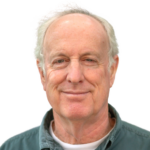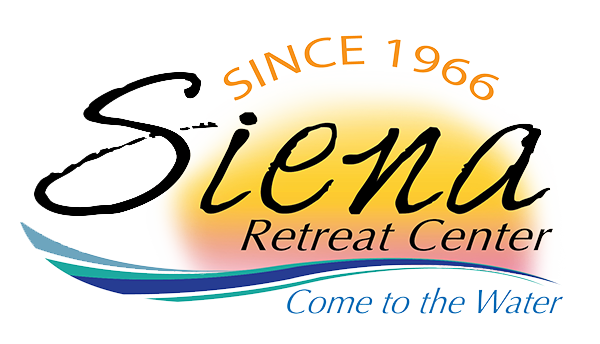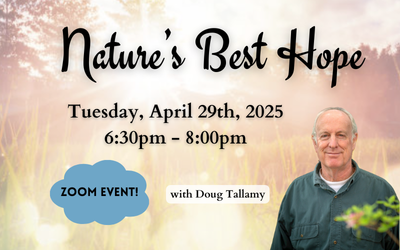Description
Recent headlines about global insect declines and three billion fewer birds in North America are a bleak reality check about how ineffective our current landscape designs have been for sustaining the plants and animals that sustain us. Such losses are not an option if we wish to continue our current quality of living on Planet Earth. The good news is that none of this is inevitable. Choosing the right plants for our landscapes will not only address the biodiversity crisis but help fight our climate crisis as well.
During this online evening session, Doug Tallamy will discuss simple steps that each of us can—and must—take to reverse declining biodiversity, why we must change our relationship with nature from adversarial to collaborative, and why we ourselves are nature’s best hope.
Dates and Details
Tuesday, April 29, 2025
6:30pm – 8:00pm
The cost of this retreat is $25.
This is a virtual retreat offered via Zoom. A basic familiarity with Zoom is expected of participants.
Registration Information
You may register and pay online by clicking the yellow “Register Here” button above, by calling the front desk at 262-898-2590 with a credit card number, or by mailing a check made out to “Siena Retreat Center.” Payment must be received to complete registration. Please see our Frequently Asked Questions page for our cancellation policies and other helpful information.
 Doug Tallamy
Doug Tallamy
